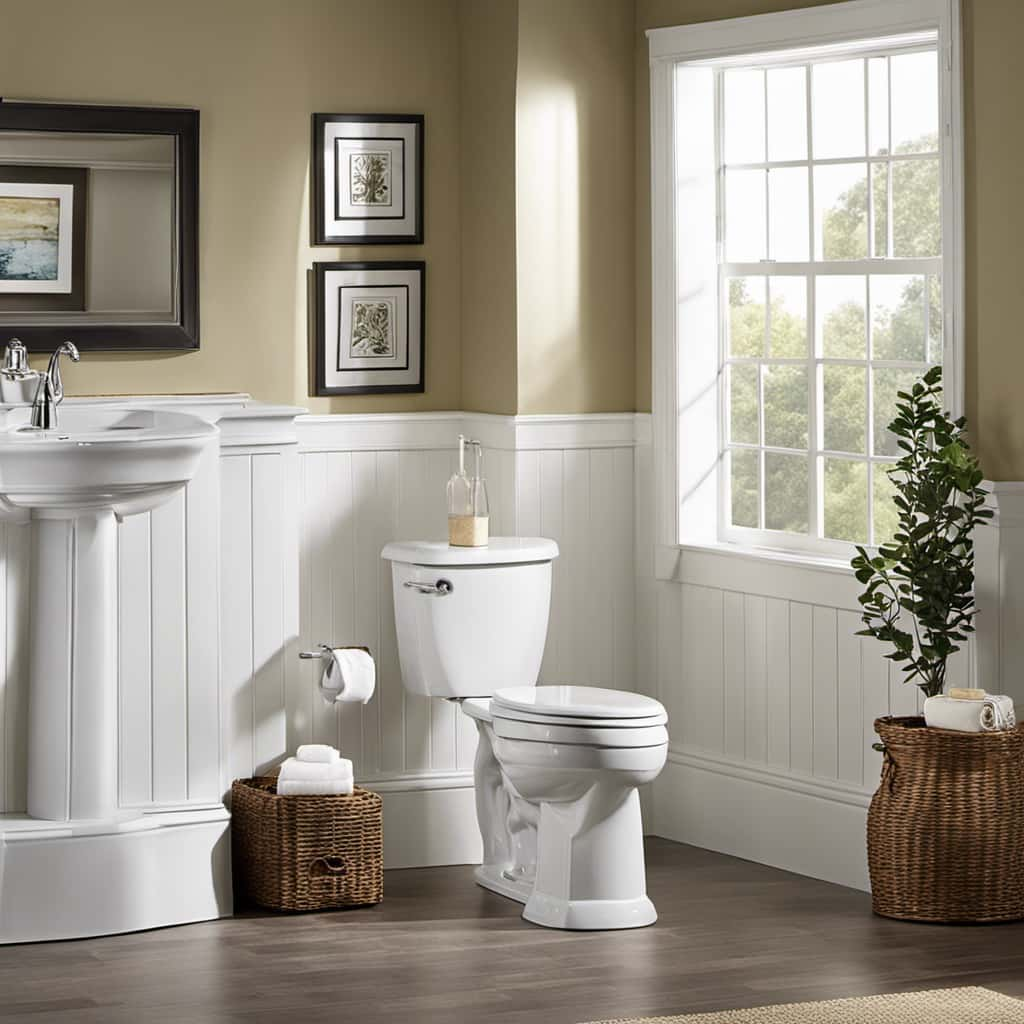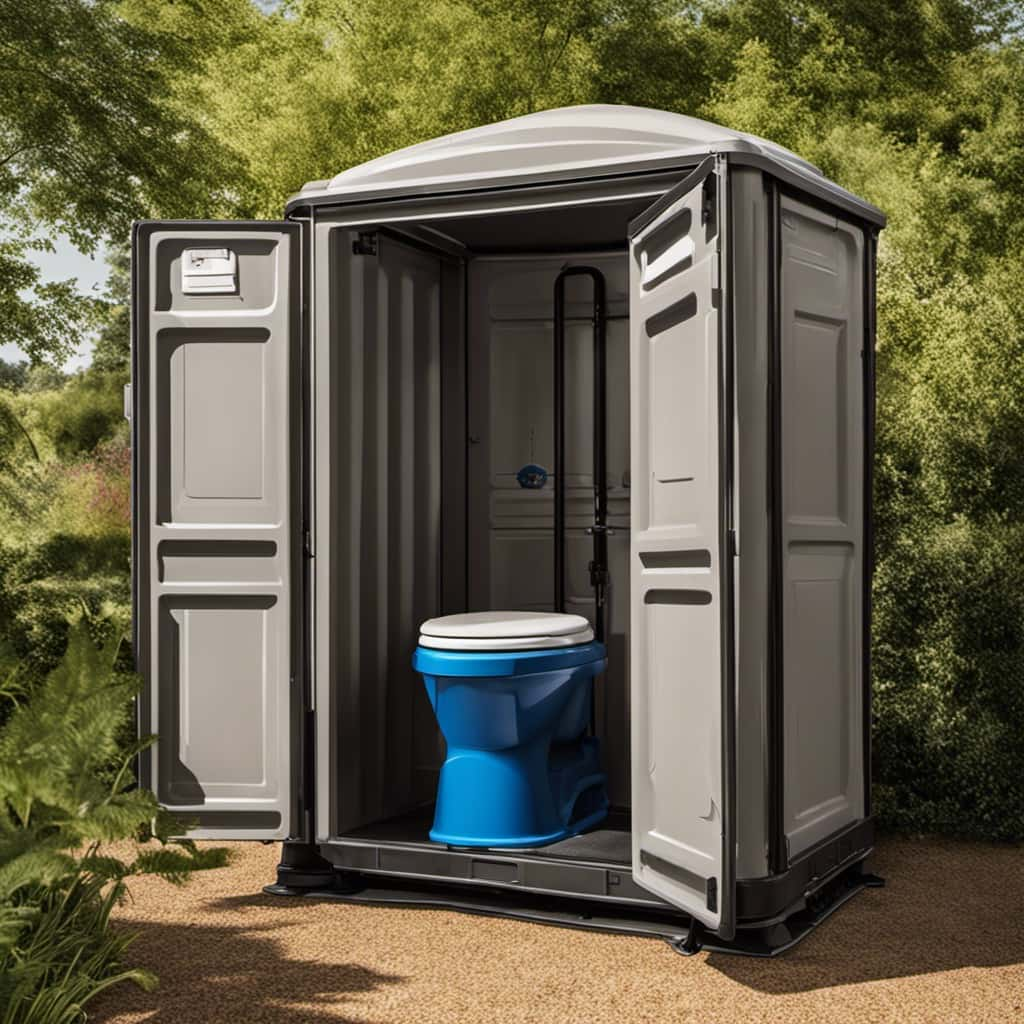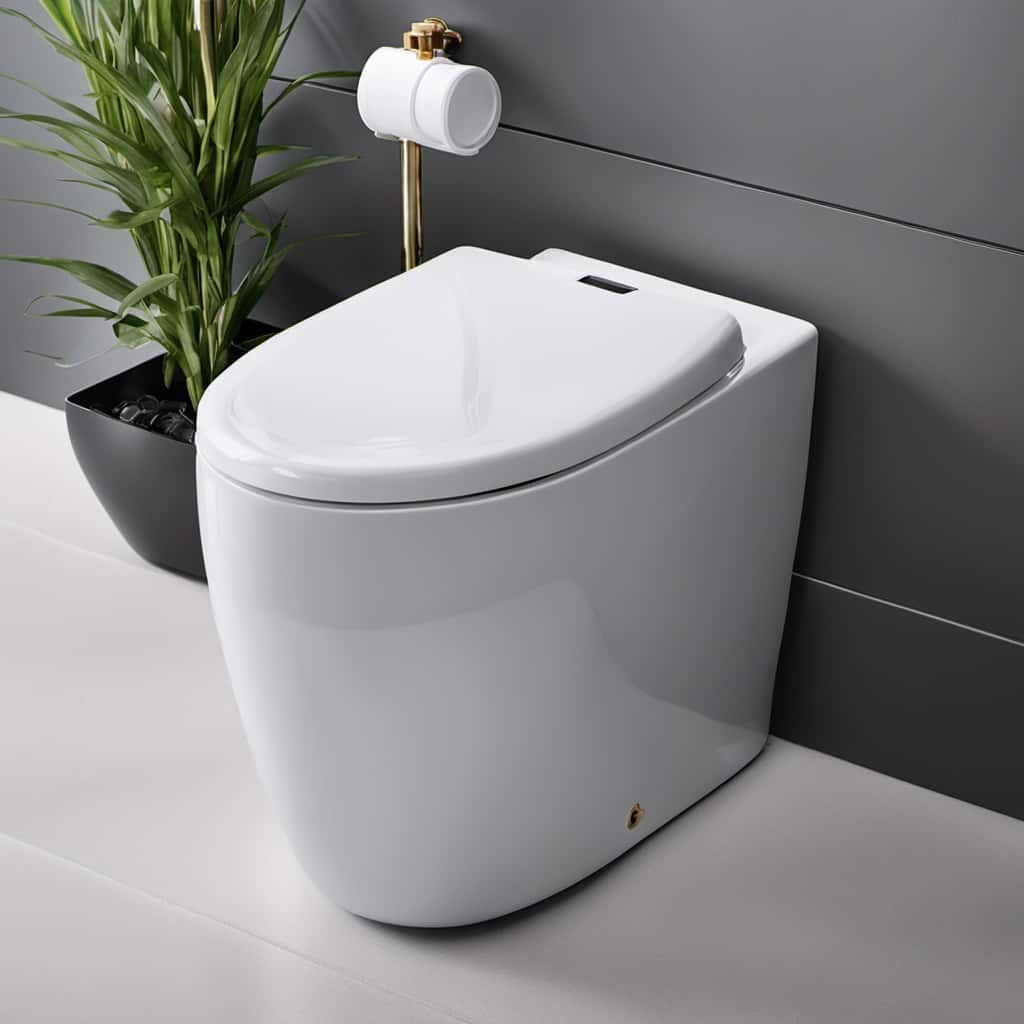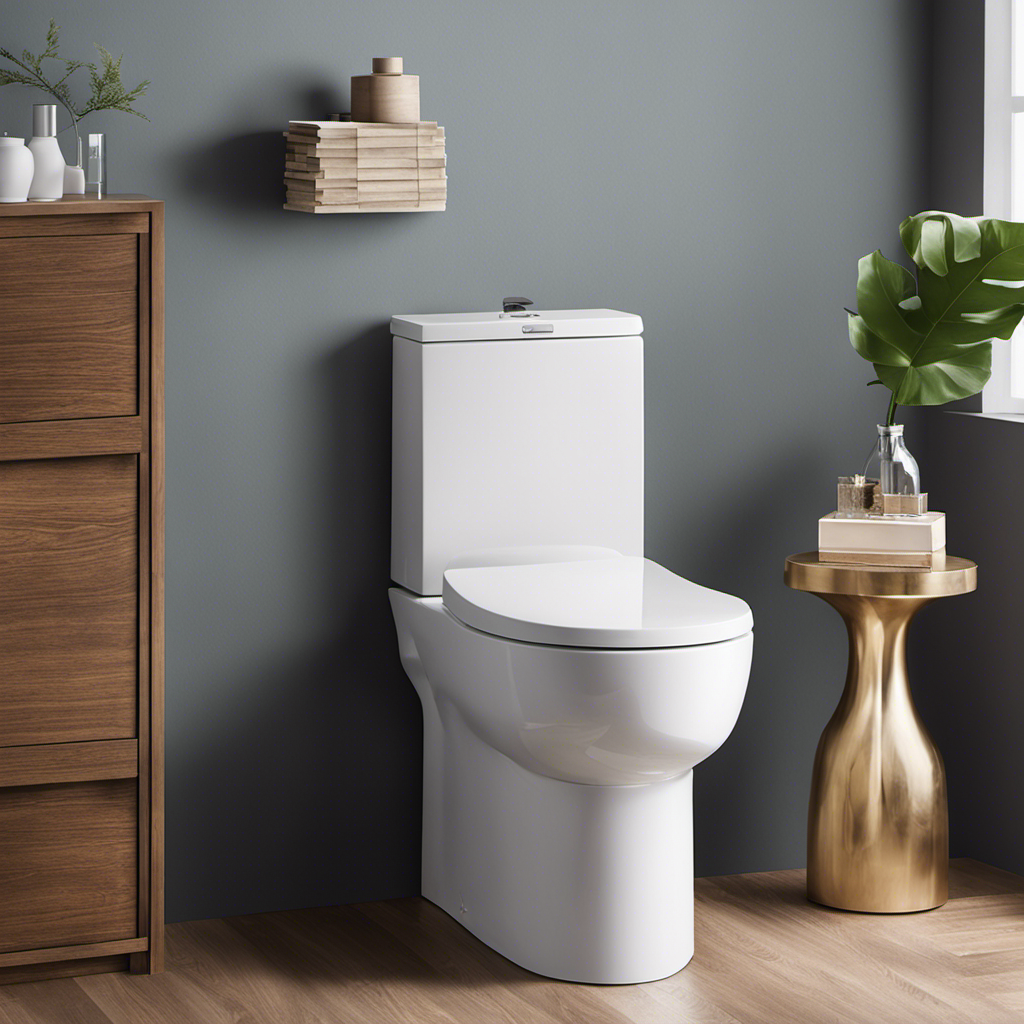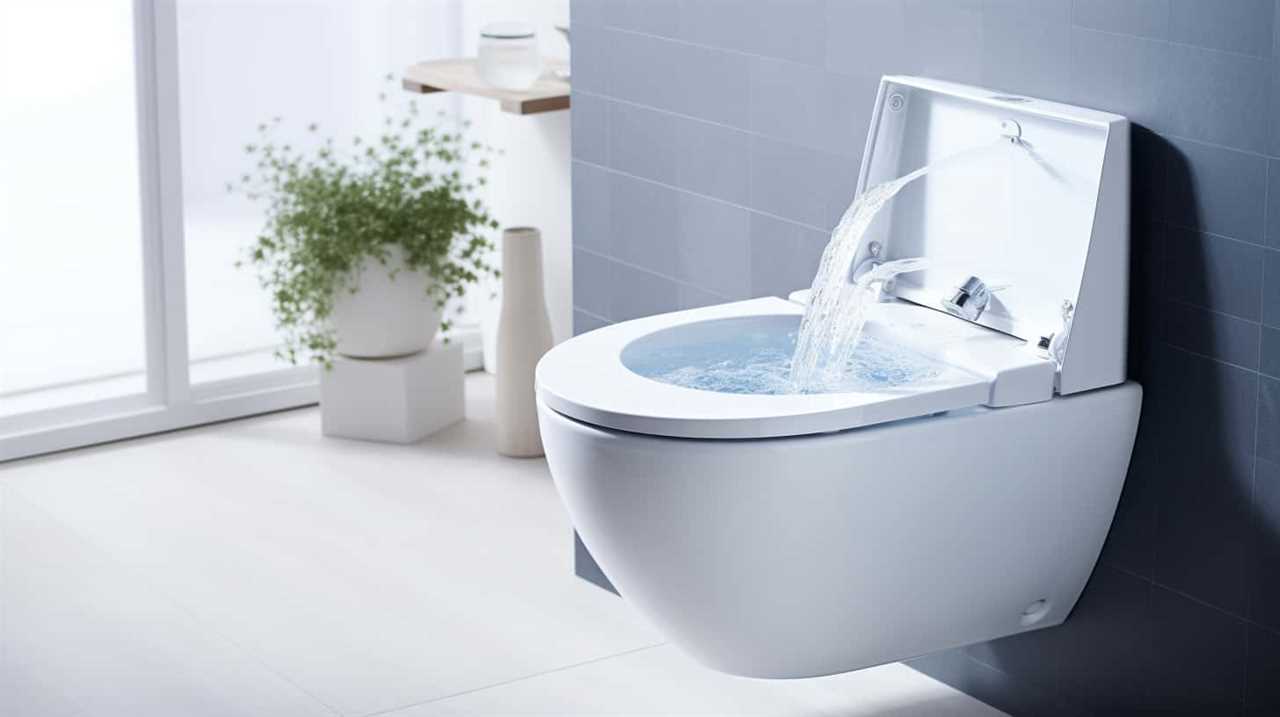Are we really flushing our troubles away with flushable toilet wipes?
Let’s take a closer look at the claims surrounding these seemingly convenient products.
In this article, we delve into the composition of flushable toilet wipes, the impact on plumbing systems, environmental concerns, and biodegradability.
By analyzing the facts, we aim to provide you with a comprehensive understanding of whether or not these wipes are truly safe to flush.
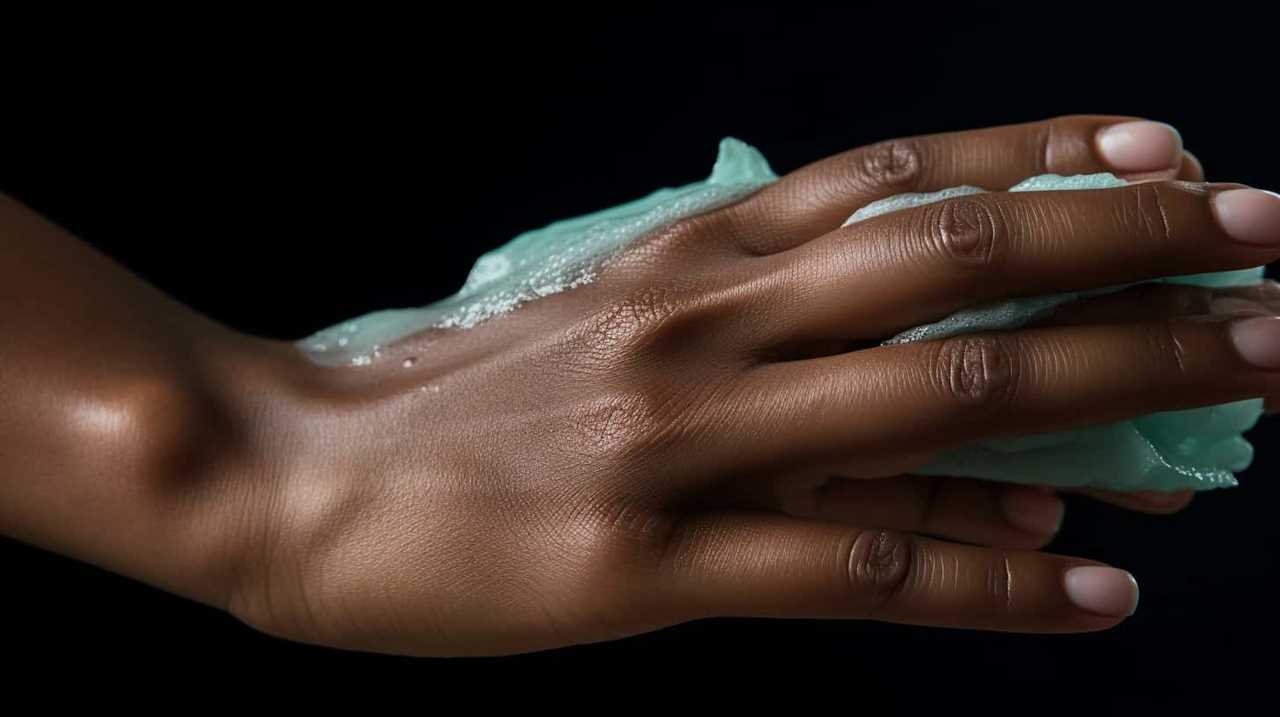
Get ready for a deep dive into the world of toilet hygiene!
Key Takeaways
- Flushable toilet wipes are made from a combination of natural and synthetic fibers, including cotton and polyester, and contain water, emollients, preservatives, and cleansing agents.
- Some flushable wipes may contain harmful chemicals, and their effectiveness in breaking down and disintegrating when flushed varies.
- Flushable wipes can cause significant damage to plumbing systems and sewage systems, leading to blockages, backups, and costly repairs and maintenance.
- Best alternatives to flushable toilet wipes include toilet paper, bamboo toilet paper, bidet attachments, and compostable wipes, each with its own pros and cons, and the choice should be based on personal preferences and environmental impact.
The Composition of Flushable Toilet Wipes
We will now discuss the composition of flushable toilet wipes. Understanding the manufacturing process and the presence of toxic chemicals in these wipes is crucial for assessing their safety.
Flushable toilet wipes are typically made from a combination of natural and synthetic fibers, such as cotton and polyester. These fibers provide the durability required for effective cleaning. Additionally, a mixture of water, emollients, preservatives, and cleansing agents is used during the manufacturing process to create a moist and soft texture.
However, it’s important to note that some manufacturers may include chemicals that can be harmful to the environment or human health. While efforts have been made to improve the biodegradability of these wipes, caution should still be exercised when flushing them to prevent potential blockages and environmental damage.
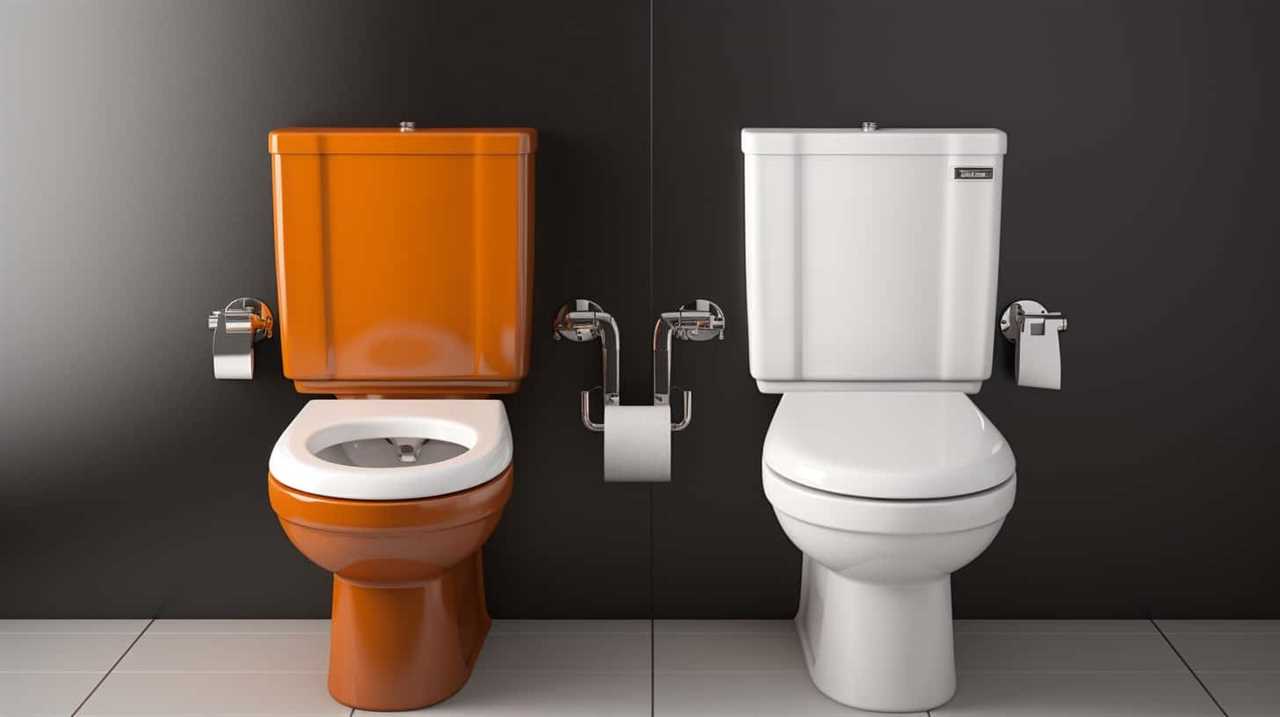
Understanding the Flushability Claims
To understand the flushability claims of flushable toilet wipes, it’s important to examine their effectiveness in breaking down and disintegrating when flushed.
The disintegration process of flushable toilet wipes is a critical factor in determining whether they’re truly safe to flush. Manufacturers of these wipes often claim that they’re designed to break down quickly in water and won’t cause any blockages in the plumbing system.
However, consumer perception of flushable toilet wipes’ effectiveness in disintegrating varies. Some consumers believe that these wipes don’t break down as easily as advertised, leading to clogged pipes and sewer backups.
It’s essential for consumers to have a clear understanding of the disintegration process of flushable toilet wipes and make an informed decision about whether to flush them or dispose of them in the trash.
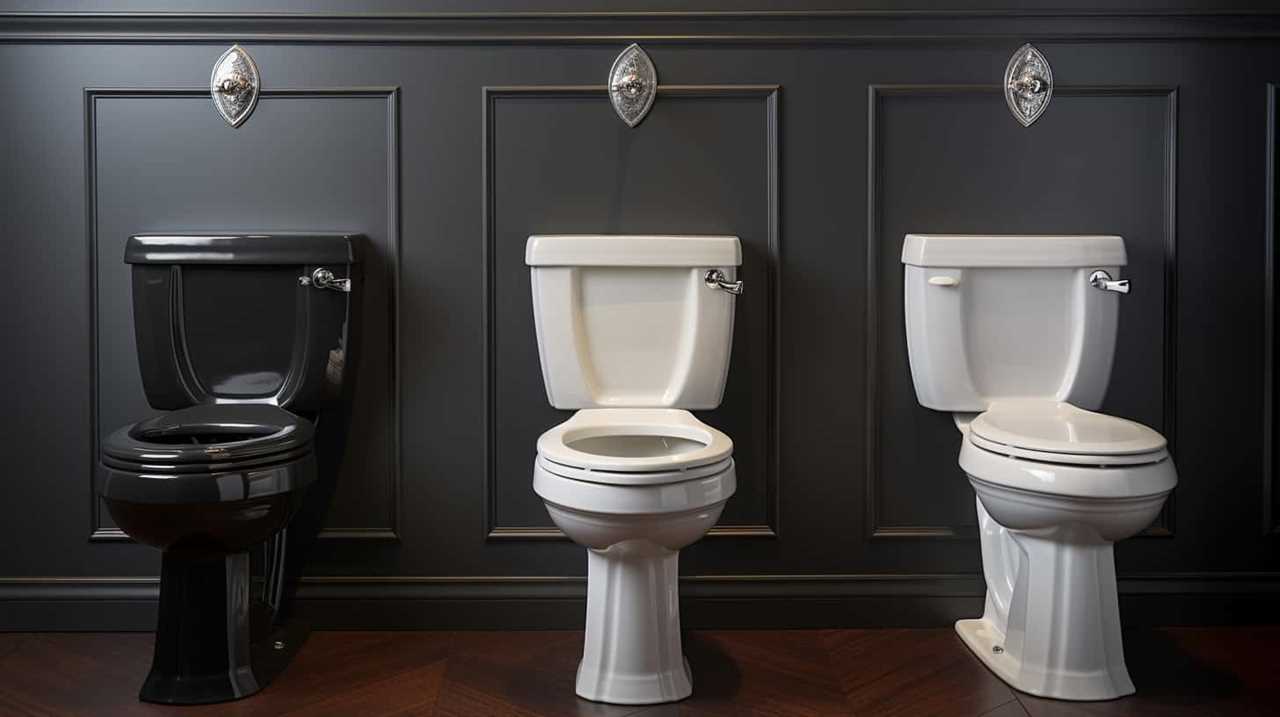
The Impact on Plumbing Systems
After examining the effectiveness of flushable toilet wipes in breaking down and disintegrating when flushed, it’s crucial to consider the impact these wipes have on plumbing systems.
While these wipes may claim to be flushable, they can still cause significant damage to pipes and sewage systems. The main concern lies in their ability to clog pipes, leading to blockages and backups.
Additionally, these wipes can accumulate in sewer systems and contribute to sewer overflows, which can have a detrimental impact on water quality. The accumulation of these wipes can also create potential health hazards, as they can harbor bacteria and other harmful substances.
Therefore, it’s important to recognize that flushable wipes may not be as safe for plumbing systems as they claim to be.
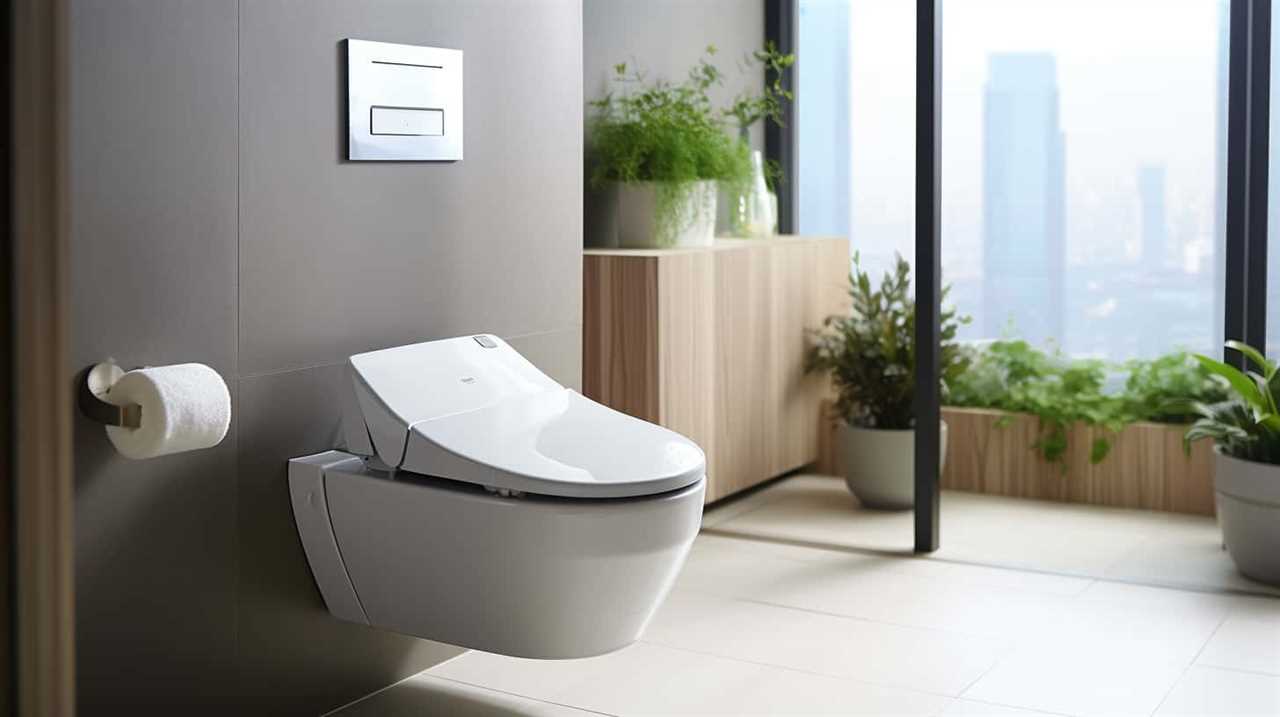
As we delve into the subsequent section about environmental concerns and biodegradability, we’ll further explore the implications of using flushable toilet wipes.
Environmental Concerns and Biodegradability
Considering the potential environmental concerns and biodegradability of flushable toilet wipes, it’s important to examine their impact on ecosystems and waste management systems.
One major concern is microplastic pollution. Flushable toilet wipes contain synthetic fibers that can break down into tiny particles, known as microplastics. These microplastics can then enter water bodies and pose a threat to aquatic life.
Additionally, flushable toilet wipes can also cause problems in municipal wastewater treatment plants. These wipes don’t disintegrate as easily as toilet paper and can clog pipes, leading to costly repairs and maintenance. Furthermore, the filtration systems in wastewater treatment plants may not effectively capture and remove these wipes, resulting in their release into the environment.
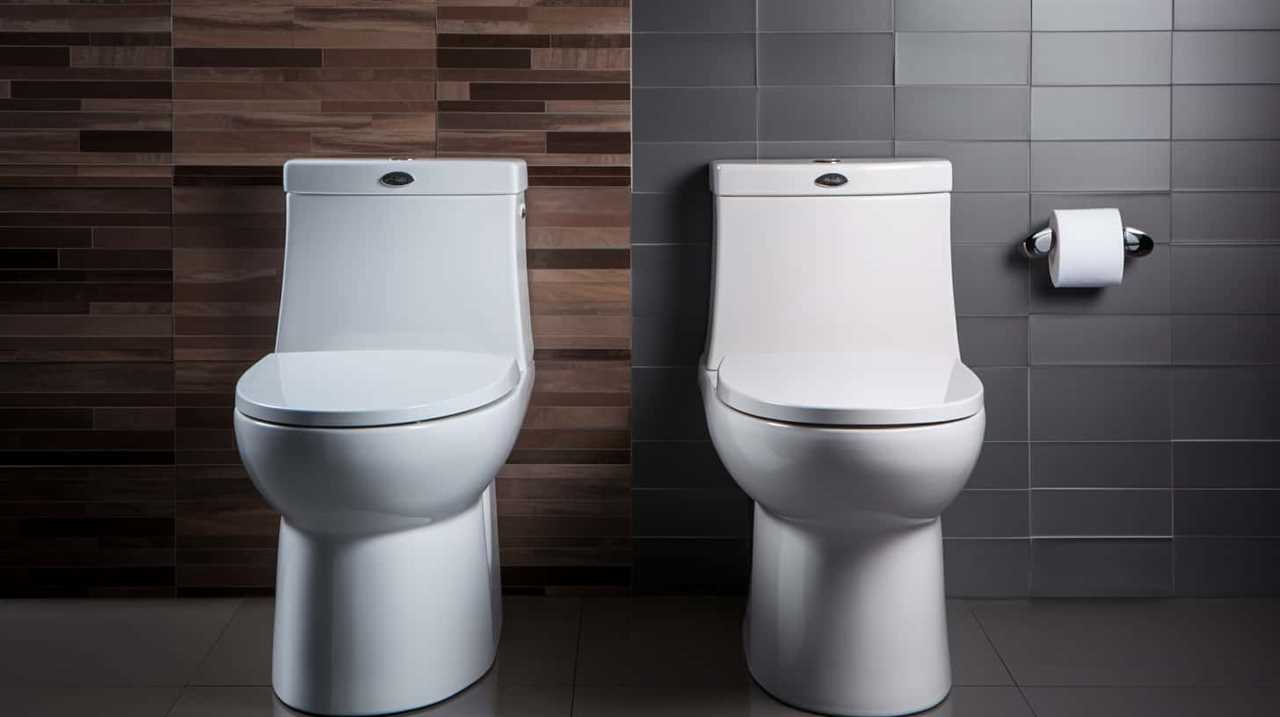
Given these environmental concerns and the potential harm they pose to ecosystems and waste management systems, it’s crucial to explore the best alternatives to flushable toilet wipes.
Best Alternatives to Flushable Toilet Wipes
One alternative to flushable toilet wipes is using toilet paper. While toilet paper may not provide the same level of cleanliness and moisture as flushable wipes, it remains a widely used and easily accessible option for personal hygiene. To help you make an informed choice, we have compiled a table comparing different sustainable options for your consideration:
| Sustainable Option | Description | Pros |
|---|---|---|
| Bidet | Uses water to clean the area, reducing the need for wipes or toilet paper | Effective and gentle on the skin, reduces waste |
| Bamboo Toilet Paper | Made from renewable bamboo fibers | Environmentally friendly, soft and strong, biodegradable |
| Reusable Cloth Wipes | Washable and reusable wipes | Cost-effective, reduces waste, customizable and gentle on the skin |
These alternatives not only promote sustainability but also maintain personal hygiene. Consider your preferences and needs when choosing the best option for you.
Frequently Asked Questions
How Often Should Flushable Toilet Wipes Be Used?
We use flushable toilet wipes occasionally, considering their effectiveness in maintaining hygiene. However, it is important to be mindful of alternative options such as regular toilet paper to avoid potential plumbing issues.
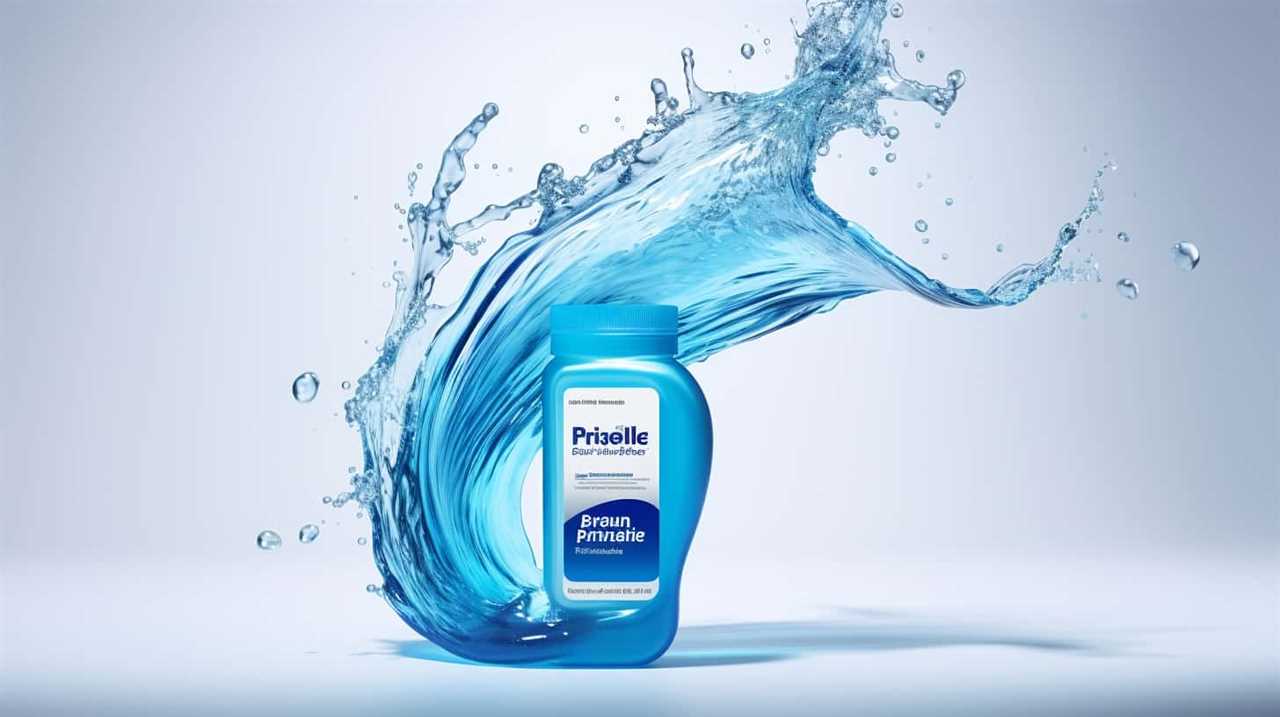
Are Flushable Toilet Wipes Safe to Use on Sensitive Skin?
When considering the safety of flushable toilet wipes on sensitive skin, it’s essential to explore alternatives. While these wipes boast convenience, potential health risks arise. An analytical approach is crucial for mastery.
Can Flushable Toilet Wipes Be Used in Septic Systems?
Flushable toilet wipes can be harmful to septic systems. Alternatives for disposal include throwing them in the trash or using biodegradable options. We recommend avoiding flushable wipes to prevent potential damage to septic systems.
Do Flushable Toilet Wipes Cause Any Damage to Sewage Treatment Plants?
Flushable toilet wipes can cause damage to sewage treatment plants due to their inability to break down easily. However, using toilet wipe alternatives, such as biodegradable options, can mitigate the environmental impact and ensure the proper functioning of sewage treatment systems.
Are There Any Regulations or Standards in Place for Flushable Toilet Wipes?
Regulations and labeling play a crucial role in determining if flushable toilet wipes are safe to flush. It is important to consider the environmental impact of these wipes and ensure they meet established standards.
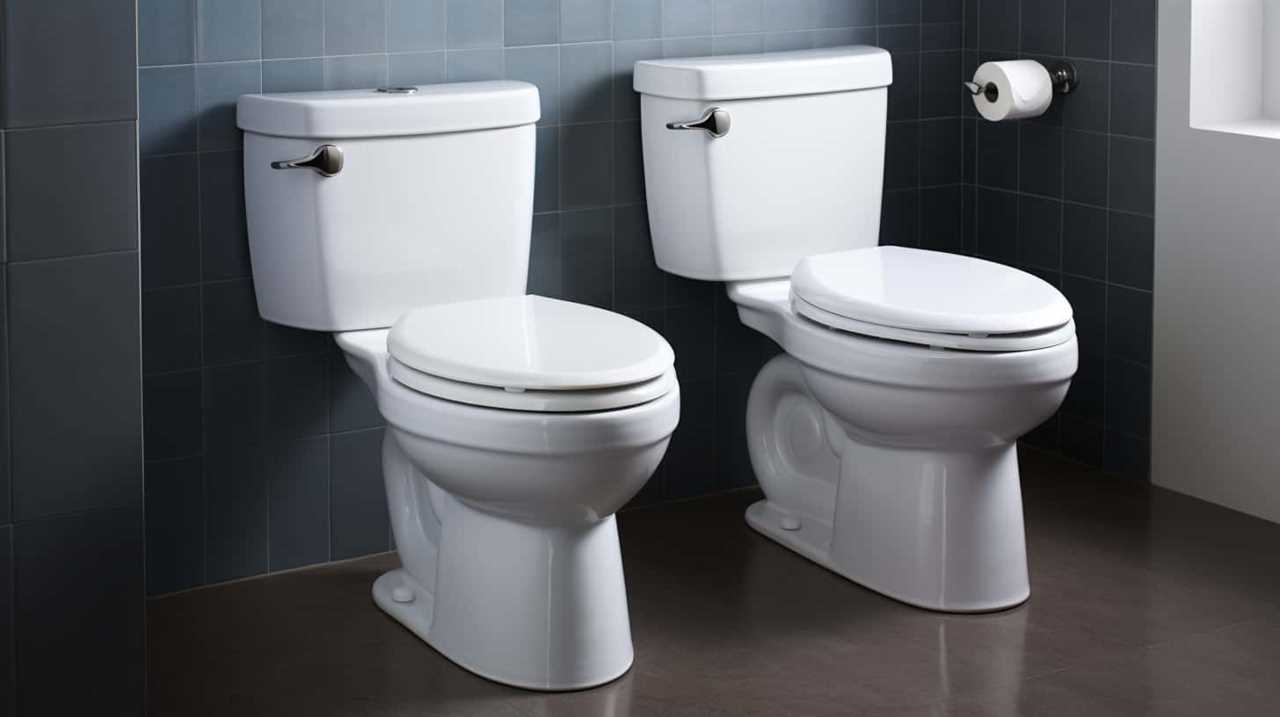
Conclusion
In conclusion, while flushable toilet wipes may claim to be safe for flushing, they can actually cause significant damage to plumbing systems. This can lead to costly repairs and blockages.
Additionally, these wipes may not be as biodegradable as advertised, causing environmental concerns. Therefore, it’s best to avoid flushing them and opt for more sustainable alternatives, such as using regular toilet paper or installing a bidet.
For instance, a case study in a residential area showed that after consistently flushing flushable wipes, the sewage system experienced multiple clogs and required extensive repairs.
